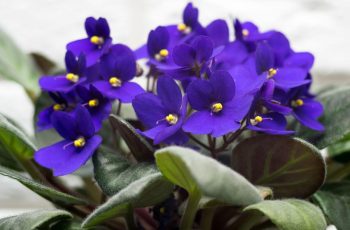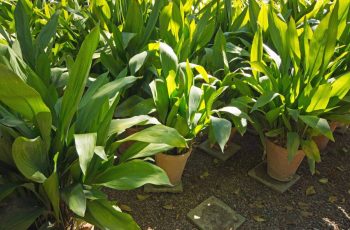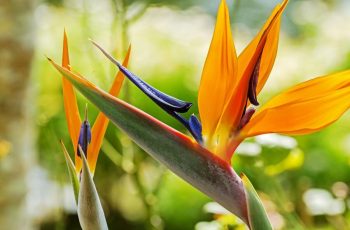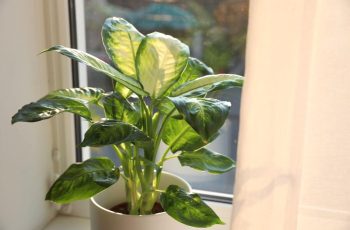Are you interested in cultivating the Mexican Bird of Paradise? This plant is celebrated for its lush green foliage and striking red, orange, or yellow flowers. If you live in a warm climate or have a sunny location, propagating this plant can add vibrant color to your garden.
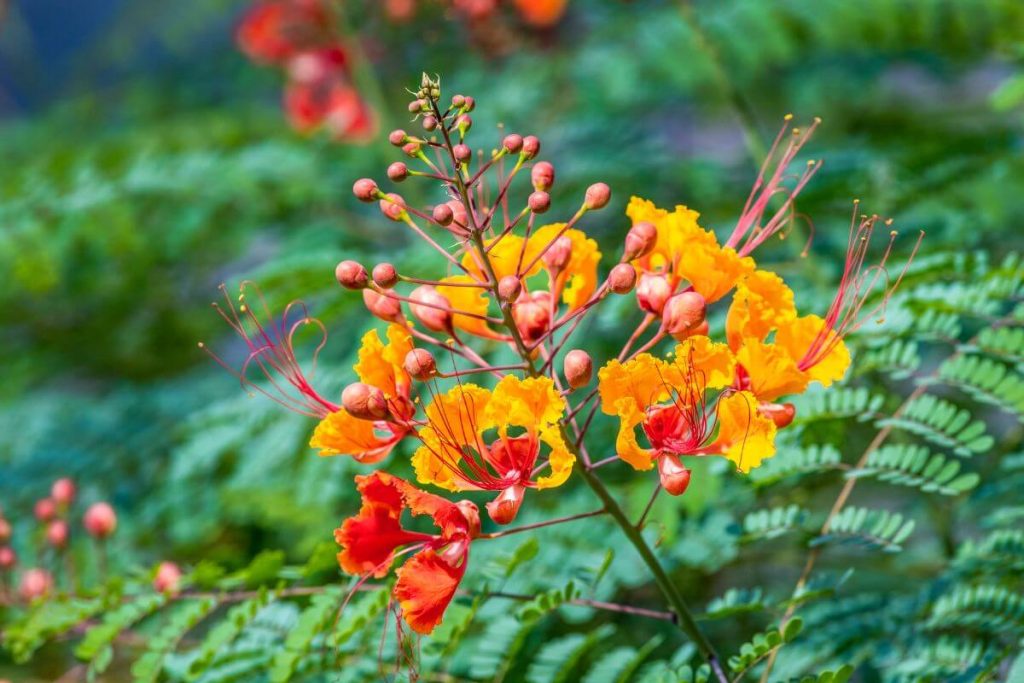
Key Highlights
- Plant Overview: The Mexican Bird of Paradise, belonging to the Caesalpinia genus, features dense green leaves and unique, colorful blooms. It can grow up to 15 feet tall and is suited for USDA Hardiness Zones 8 and above, thriving in tropical regions like Mexico and the Caribbean.
- Soil Requirements: This plant adapts well to various soil types, including clay and loamy soils, provided they drain well. A mixture of regular potting soil, perlite, and orchid bark is recommended for optimal growth. Monitor moisture levels to prevent overwatering and root rot, especially during the hotter months.
- Light Needs: Preferring full sunlight, the Mexican Bird of Paradise can tolerate partial shade but may produce fewer flowers. Indoor plants require bright, indirect light for optimal growth, ideally placed near south-facing windows or under grow lights for at least 14 hours a day.
- Watering and Humidity: Water weekly until the plant is established. Once mature, water deeply every two weeks during its blooming and growth period in spring and summer. For indoor plants, consider adding humidity through misting or using a humidifier to mimic its natural environment.
- Temperature Preferences: The plant thrives in temperatures between 60° and 80°F. It can tolerate cooler weather but will go dormant if temperatures drop to 32°F. Protect it from severe cold by covering it during freezes or bringing container plants indoors.
- Fertilization: While the Mexican Bird of Paradise does not require much fertilization, using a balanced fertilizer (20-20-20 NPK) during the blooming season can encourage vibrant flowers. Fertilize in late spring and early summer for the best results.
- Pruning: To maintain shape and tidiness, prune in early spring at the start of the growing season. In winter, trim back about a third of the plant if necessary, especially if it has experienced a freeze.
- Repotting: For container-grown plants, consider using terracotta pots for their moisture-wicking capabilities. Repot every two to three years during the blooming season, particularly if the plant has been fertilized.
- Propagation: The easiest method is by seed. Collect seeds in the fall, allow them to dry, and store them in the fridge. Six weeks before the last frost, soak the seeds in warm water for 24 hours, then plant them in a well-draining mix.
- Toxicity: Be cautious; the seeds are highly toxic to pets and children. Symptoms of ingestion include mouth irritation, nausea, and vomiting. Store seeds safely and label them if kept in the fridge.
- Pests and Diseases: While generally resistant, young plants may face aphid infestations or powdery mildew. Ensure adequate sunlight and moisture, and monitor for pests regularly. Treat any infestations promptly with neem oil or insecticidal soap.
- Final Thoughts: Caring for the Mexican Bird of Paradise can be a rewarding gardening experience, whether nurturing it outdoors in warm climates or as a container plant indoors. With its stunning green leaves and vibrant flowers, this evergreen shrub adds a touch of tropical beauty to any landscape.

In summary, by providing the right conditions—such as well-draining soil, adequate sunlight, proper watering, and occasional pruning—you can help your Mexican Bird of Paradise thrive and flourish. With a little attention to potential pests and diseases, you can enjoy the beauty of this striking plant in your home or garden for years to come.

